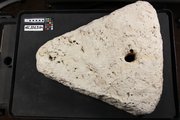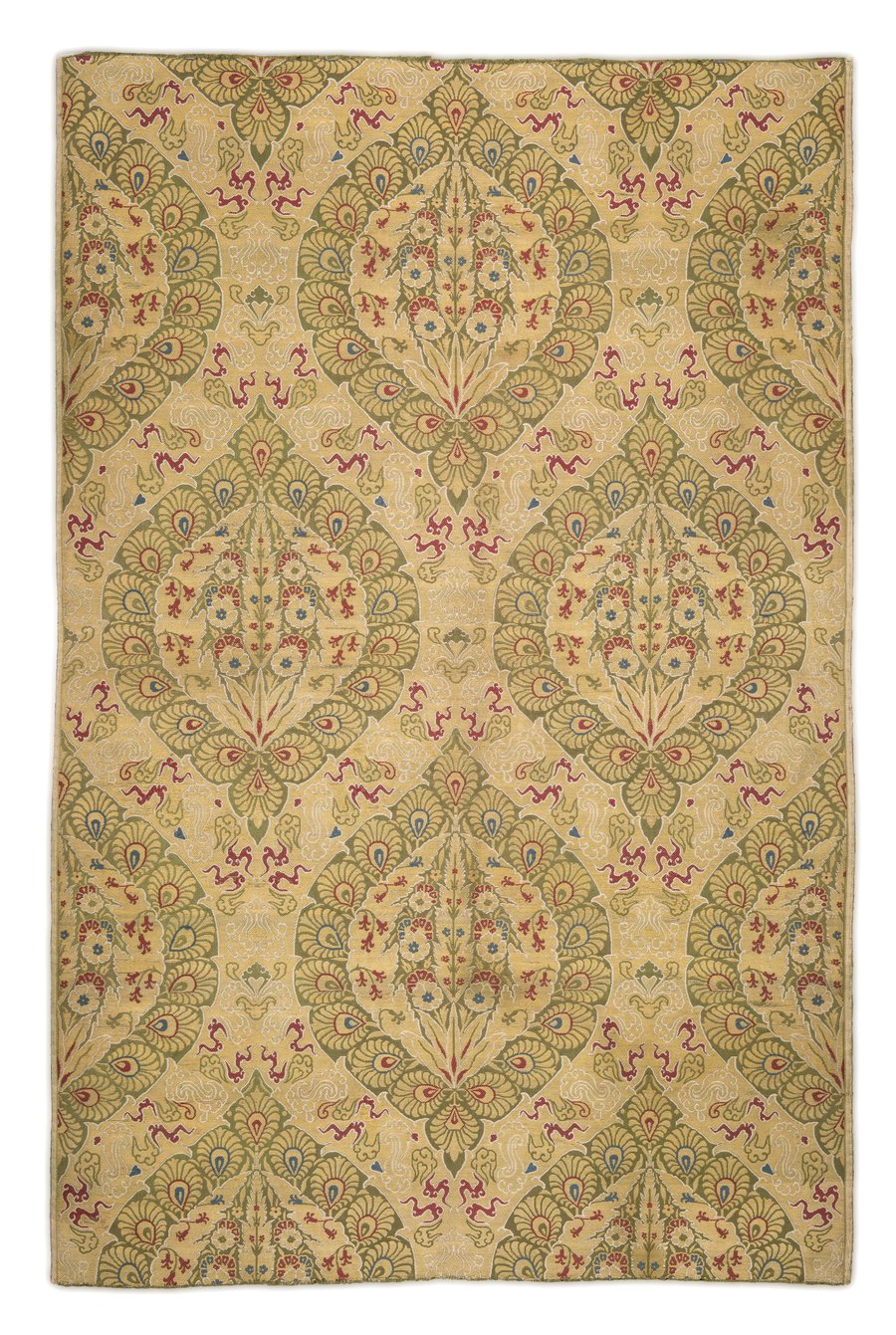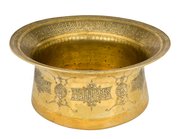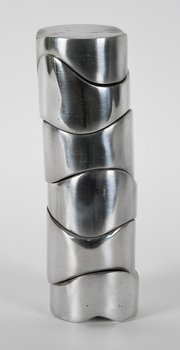
Textile
Museum of Islamic Art
- Title:
- Textile
- Production place:
- Turkey
- Date:
- 1575
- Period:
- Ottoman
- Title:
- Textile
- Production place:
- Turkey
- Date:
- 1575
- Period:
- Ottoman
- Material:
- Silk, Metallic thread
- Technique:
- Weaving
- Dimensions:
- 110.7 × 70.8 cm
This brocaded panel (known as a kemha), woven in rich silks and metal threads in a lattice pattern of offset ovals, vertical saz, and hyacinth sprays set against a gold ground of cloud scrolls, is Ottoman in technique, yet its patterning shows subtle hints of Italian influence. Between 750 and 958 AH/1350 and 1550 CE, silks crossed the Mediterranean in a variety of directions, and in varying quantities; however, the Ottoman court was by far the largest consumer of silks. The most common use of silks was for kaftans, which were worn during official ceremonies; as every aspect of Ottoman courtly life was marked by well-codified rituals, wearing (or gifting) a robe represented an important part of both ceremonial and courtly life. At this time, numerous textile workshops existed in the royal capital of Istanbul, but also in Bursa, Turkey.



